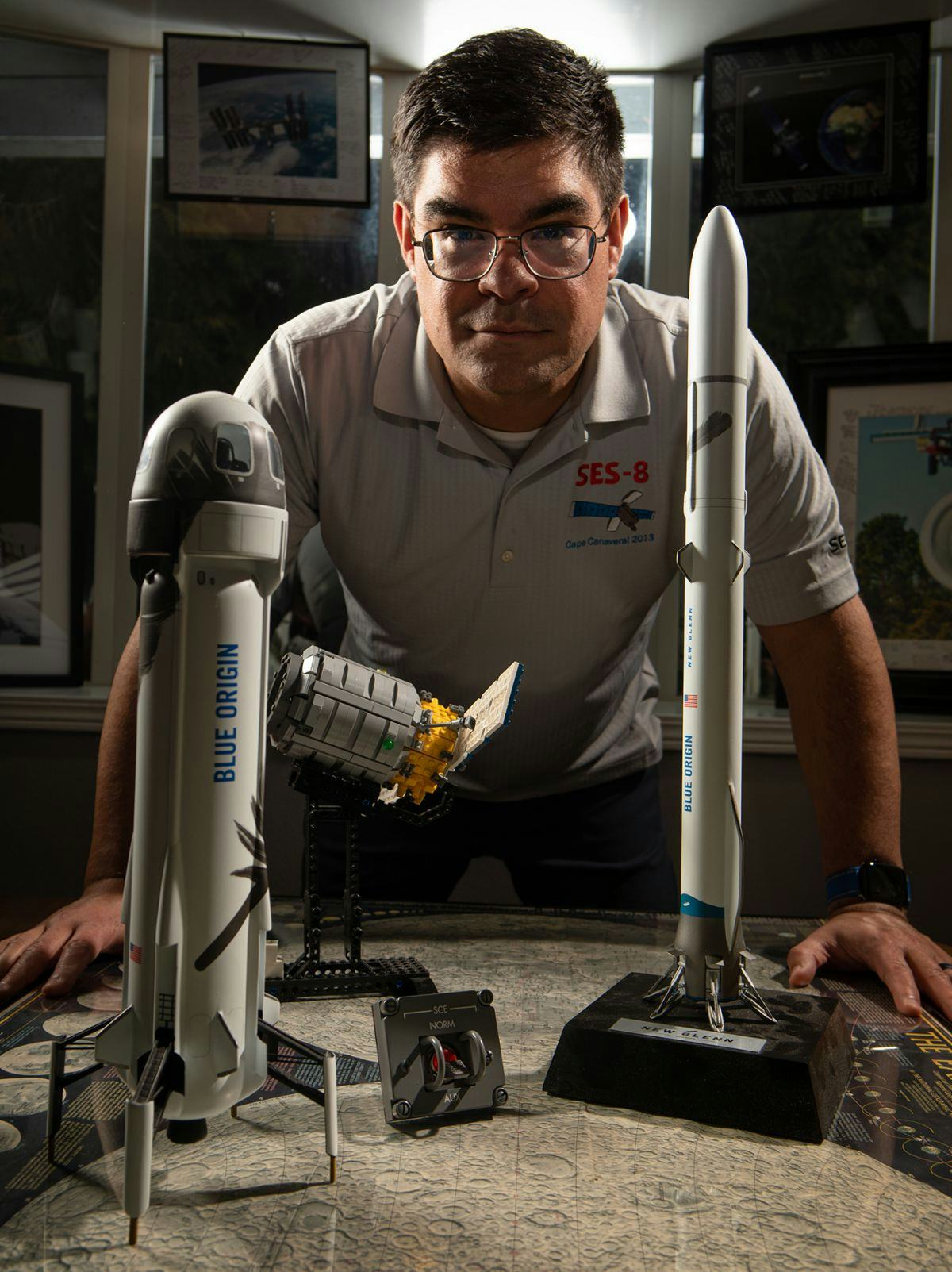Things Became Clearer When I… Learned How to Break Down Complex Problems
Jonathan Matos ’08
Director of Program Formulation and Program Management at a major commercial space company, Kent, Washington
“My very first job out of college was at Hamilton Sundstrand, in their Space Systems Division based in Windsor Locks, Connecticut. During my time there, I was working on hardware for the International Space Station (ISS), which gives you a good idea of how well Stevens prepares students for working in the real world.
I was a project manager supporting our oxygen-generating equipment for the astronauts inside the cabin. It’s an incredible closed-loop life support system that reclaims and cleans water generated by the astronauts for continuous use. It’s critically important equipment for the efficient operation of the ISS, minimizing costly shipments of water and oxygen into space.
In 2009 we learned of a major problem that could threaten the safety of the astronauts — one of our life support units was experiencing some degradation in performance due to a clogged filter. This filter was installed in a unit, not made to be serviceable by the astronauts, which meant that the affected hardware would need to be removed from the system and returned to Earth for repair — an expensive and time-consuming proposition.
I was responsible for the failure investigation of that unit. One night, while I was working late, I spread out the entire system schematic on my desk. I thought about that scene in the film 'Apollo 13' where the NASA engineers are gathered around a table, trying to figure out how to ‘fit the square peg into the round hole’ with the items the astronauts have on hand.
This is going to sound super simple, but I realized that there was a different filter, typically used for another purpose, that we already had spares of aboard the station. It was the right filtration size to perform the job we needed it to, and it also matched the inlet size of the failed unit. It seemed like swapping in the other filter could be a solid short-term solution to keep the unit working for several months until more research could be done, and the hardware could be replaced.
I shared my idea with my boss, and the next day we got everyone in the room — the NASA guys, the Boeing guys — to talk about our findings. I delivered my pitch very simply, breaking down what felt like a big problem into a small one with an easy solution. One of them said, ‘This is so freaking simple. You just saved us millions of dollars in launch and return costs and bought us months of time to figure out what’s really going on. This is fantastic!’
Our team got to work immediately, developing instructions that would guide the astronauts through the filter replacement. And then came the fun part of getting to sit ‘on console’ — me and a few other engineers got to be on the loop with mission control Houston and the astronauts, listening in as they worked and providing direction and assistance if they needed it. When the astronauts flipped the switch to turn the system back on, we watched the console, waiting to see if the pressure drop would come at the right value. When it did, we took a big sigh and leaned back in our chairs. The tension in my shoulders dropped, and I closed my eyes for a few seconds. ‘Thank God,’ I thought, ‘we did it!’
One of the things that I love about spaceflight is that it’s a stream of complex science and engineering problems. Each problem is a system of systems, a series of smaller problems to solve for.
That moment was a huge confidence builder for me in my early career and has had a lasting impact on how I approach problem-solving. One of the things that I love about spaceflight is that it's a stream of complex science and engineering problems. Each problem is a system of systems, a series of smaller problems to solve for. Identify the first problem — don't get overwhelmed by the problem 10 steps down the line — figure out how to solve that first problem, then the second, then the third. You may have to solve 100 problems, but you could end up with a solution that allows amazing things to happen, like sending astronauts to the moon.
I’ve applied this big-picture, systems engineering approach throughout my career, managing complex supply chains for the development of aircraft engines, satellites, spacecraft and other advanced technologies.
In my current role, I direct multidisciplinary teams in the nascency of new programs. We’re turning science fiction into science fact — dreaming of what the next 10 years might look like in spaceflight and developing architectures and engineering solutions for a future that's not yet realized. It’s really heady stuff, and it's a privilege to be part of the team developing these fantastical solutions.” — As told to Erin Lewis


